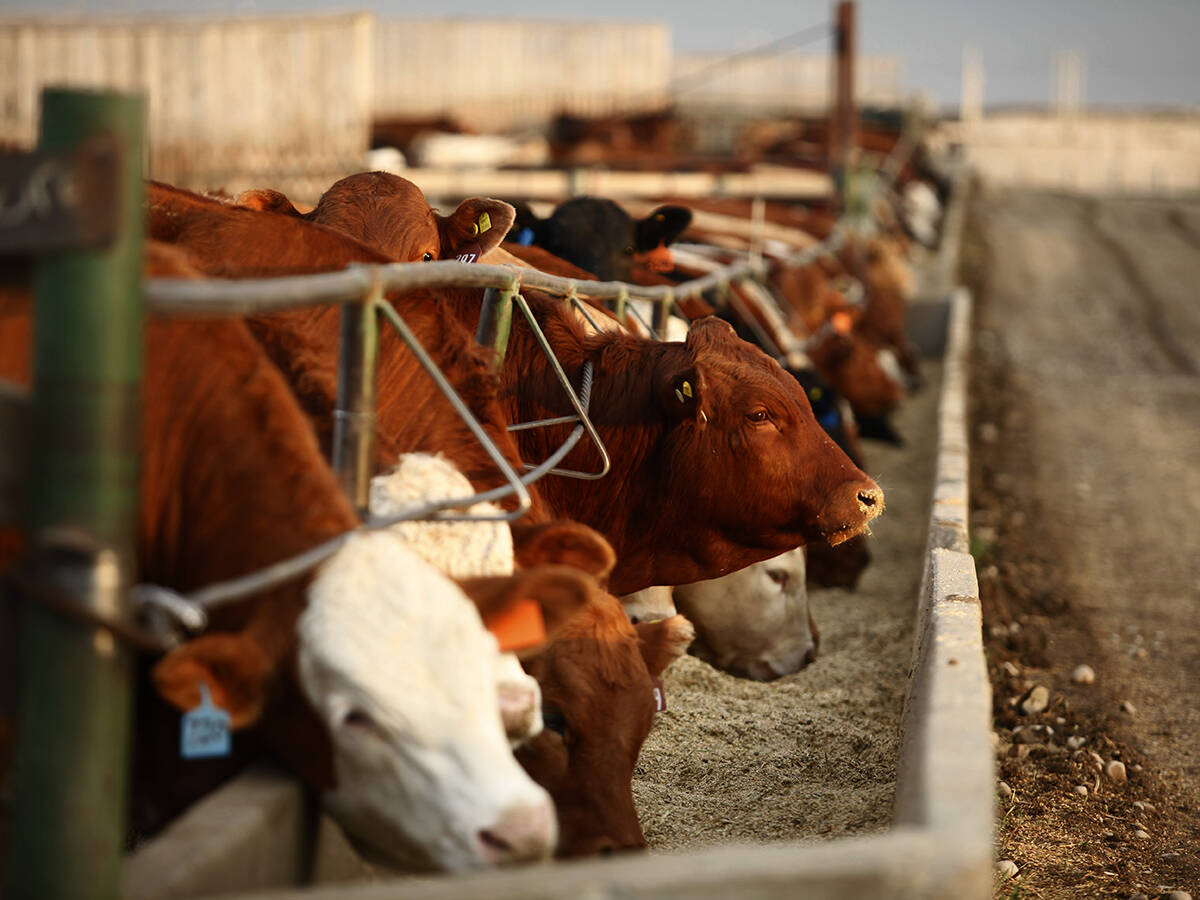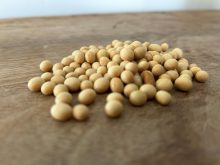ICE Futures Canada canola contracts were rangebound during the week ended April 17, but managed to post gains overall, as solid end-user demand underpinned the old crop and the new-crop months reacted to the mounting concerns over possible planting delays in Western Canada.
The direction the old-crop canola contracts take going forward will depend on whether more export demand materializes and on how the domestic crush holds up heading into the summer, said Darren Frank of FarmLink Marketing Solutions.
The Statistics Canada stocks report on May 3, which will show supplies as of March 31, could provide some direction for the nearby contracts as well, he said, if the government agency makes any adjustments to the 2012 production number.
Read Also

U.S. livestock: Cattle extend gains on improving cash prices, packer demand
Reuters — Chicago Mercantile Exchange live cattle futures set a three-week high and feeder cattle hit their highest level in…
If there is not a large increase in the production number, stocks could become very tight before the new crop is available, especially if planting is delayed, said Frank.
“The new-crop story is, ‘When will we get in the field?'” said Frank, adding 20 million acres of canola were still possible, which would compare with the 21.5 million seeded in 2012.
From a pricing standpoint, “the market will stay where it’s at until we see an opportunity to hit the field and get the acres in,” said Frank.
While a late spring melt across Western Canada is leading to concerns over seeding delays, he added, “when the producers do go, they will lean heavily towards putting the canola in first.”
Returns are good for canola — and newer varieties also seem able to withstand a light frost better than in the past, said Frank.
— Phil Franz-Warkentin writes for Commodity News Service Canada, a Winnipeg company specializing in grain and commodity market reporting.















